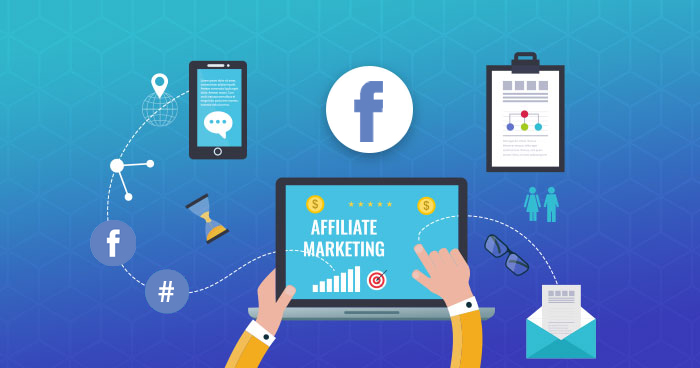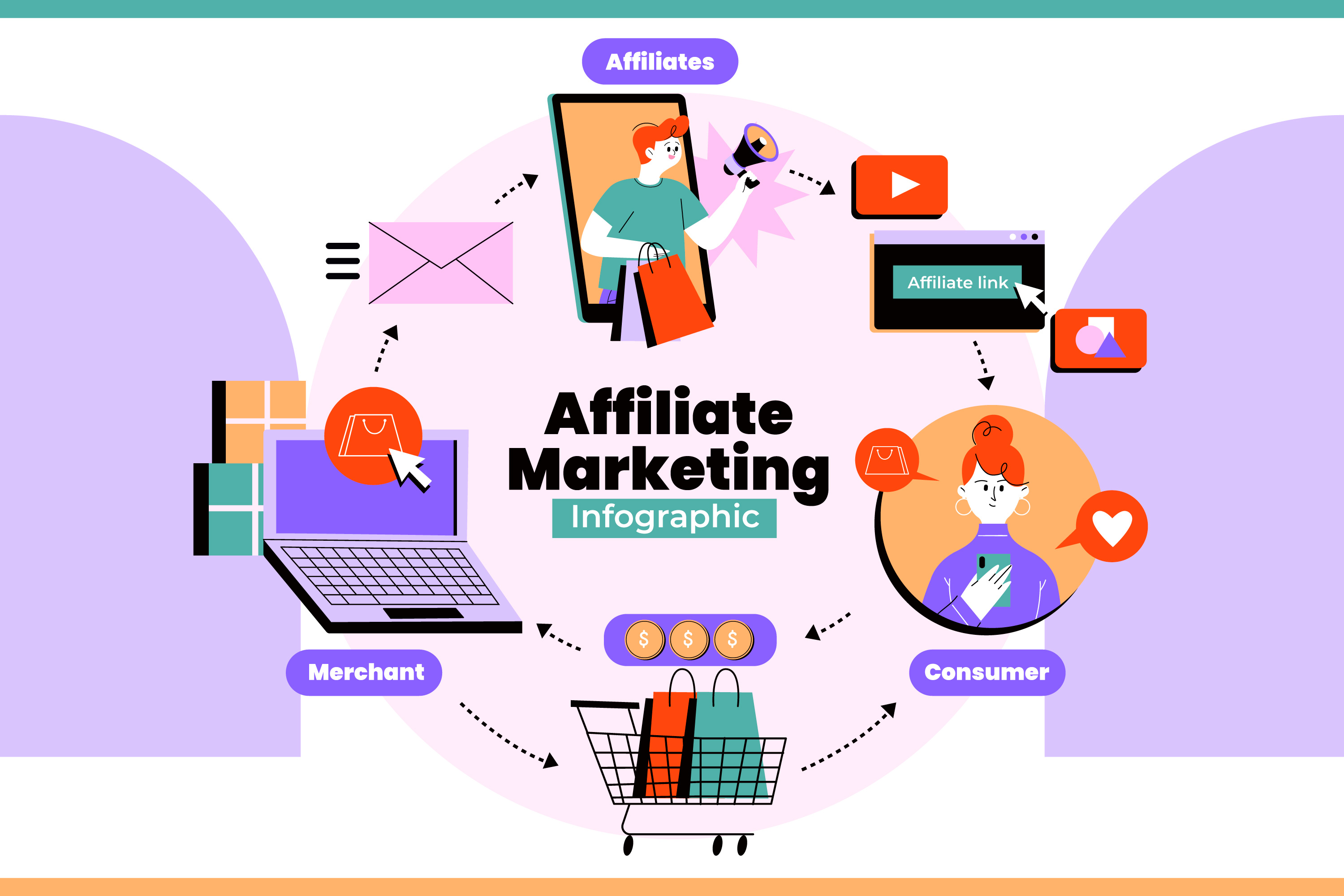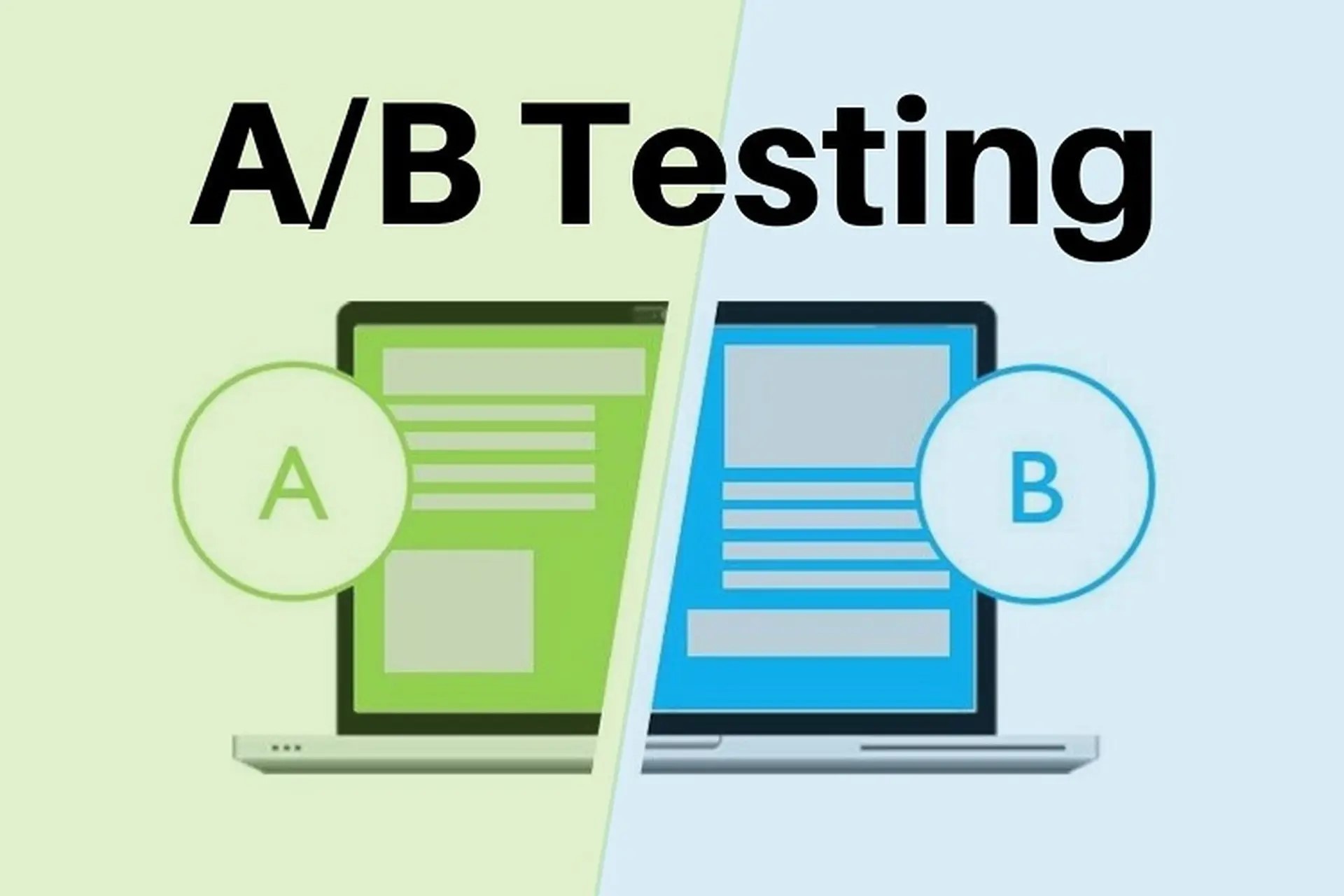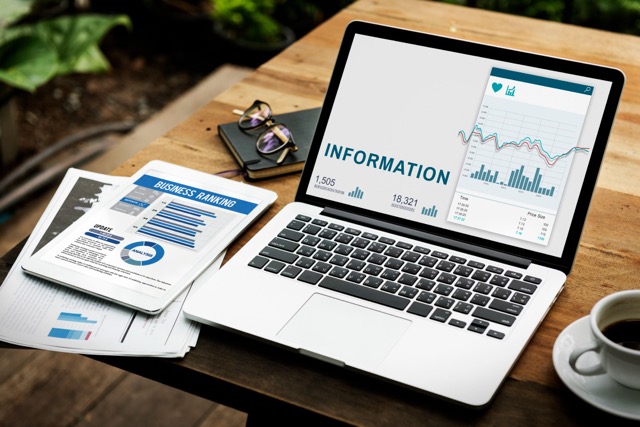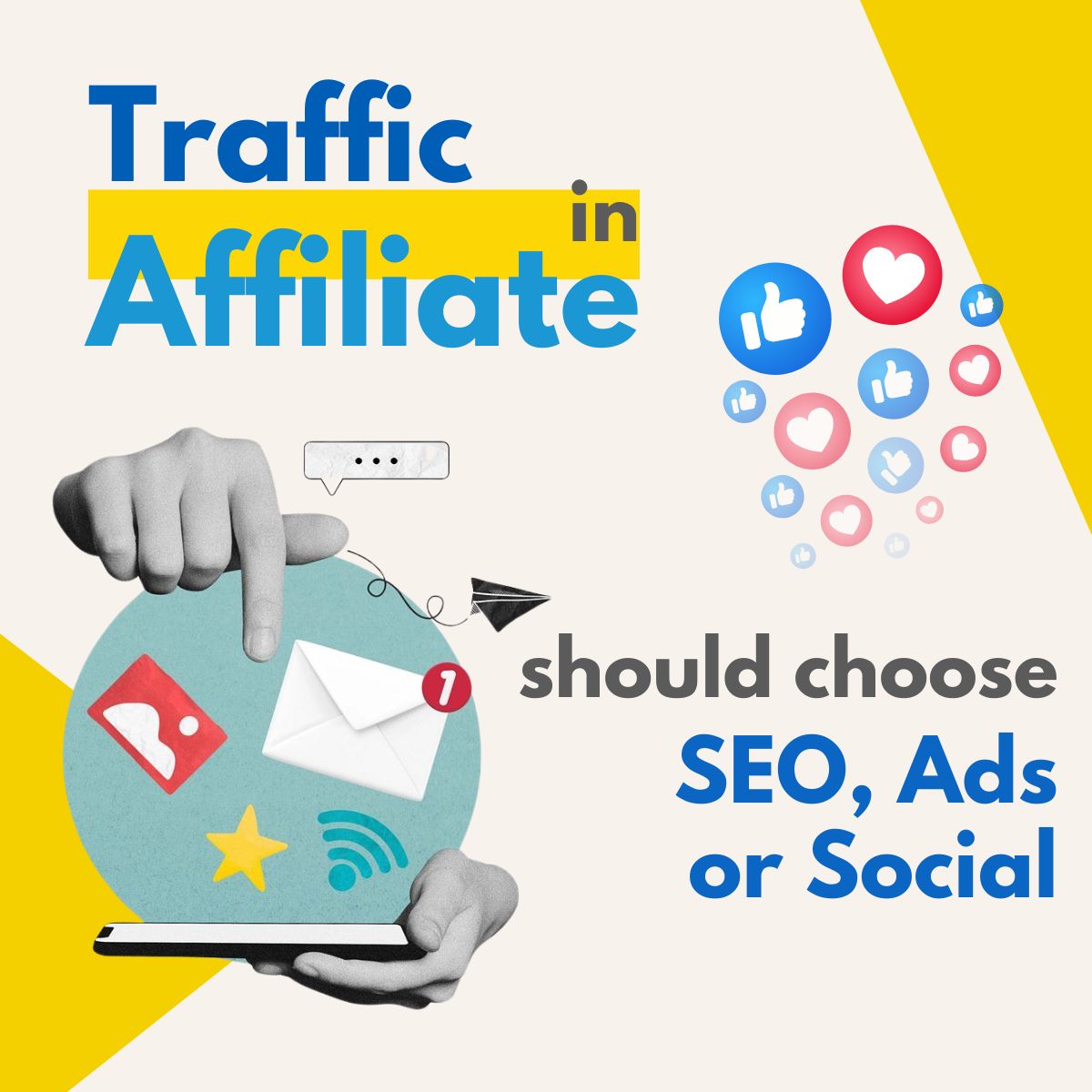SEO Title: Building an Effective Affiliate Marketing Sales Funnel: From Awareness to Conversion
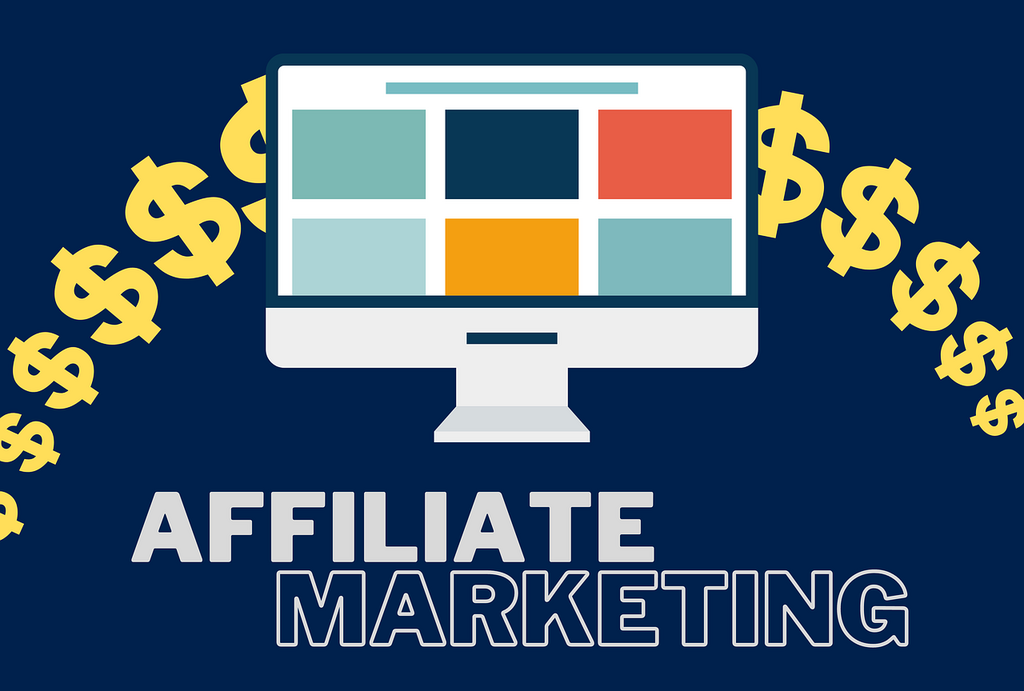
Building an Effective Sales Funnel for Affiliate Marketing: From Awareness to Conversion
In affiliate marketing, traffic alone isn’t enough to generate real income. You need a well-structured sales funnel — a system that transforms strangers into loyal buyers who bring you consistent commissions. Without a funnel, your audience might click, read, and leave… but never buy.
Let’s break down the process step-by-step — from Awareness to Consideration to Conversion — and see how each stage contributes to building a sustainable affiliate business.
What Is an Affiliate Sales Funnel?
A sales funnel is a strategic path designed to guide your audience from discovering a product to finally making a purchase through your affiliate link. It helps you:
- Understand your customer journey.
- Identify bottlenecks that block conversions.
- Build trust before selling.
- Maximize ROI from every traffic source (SEO, paid ads, or social media).
Instead of random clicks and one-off sales, a funnel helps you build long-term revenue by nurturing your audience step by step.
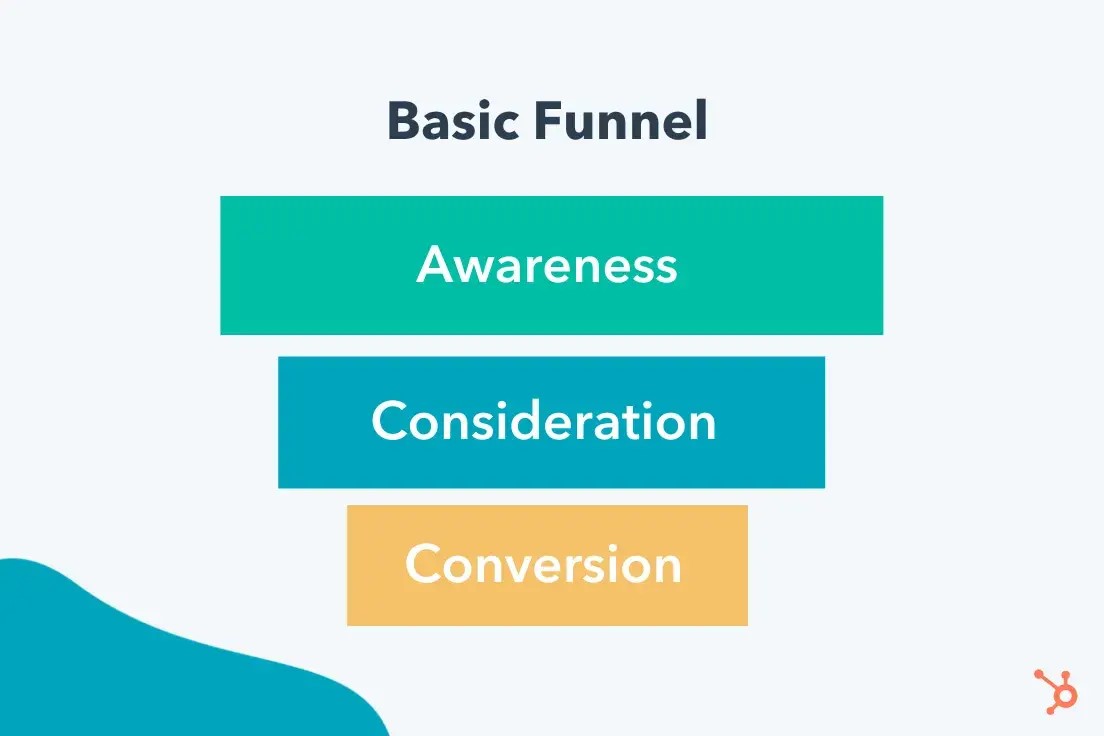
Stage 1: Awareness – Introducing Your Audience to the Solution
At this stage, potential customers might not even know they need your product. Your goal is to educate, inspire, or entertain — not sell.
What Happens Here
- The audience becomes aware of a problem or need.
- They start discovering possible solutions (through Google, YouTube, or social media).
- You show up with valuable, relevant content that positions you as a helpful guide.
Effective Awareness Tactics
- Educational Content (Blogs, Videos, Infographics):
- Create “how-to” content that addresses real pain points. Example: “How to Start a Blog That Actually Makes Money.”
- SEO Blogging:
- Optimize your blog posts for search queries people use to find solutions. Long-tail keywords like “best budget microphone for podcasting” can attract warm leads.
- Social Media Presence:
- Use TikTok, Instagram Reels, and Facebook to share short, engaging tips that drive traffic back to your affiliate content.
- Publish on SEO-friendly Platforms Like Blogbio:
- Blogbio allows affiliate creators to post value-driven articles, include multiple links, and even earn passive income from traffic, even before conversions happen.
👉 The key here: Don’t sell. Solve. Help people understand what they need — and position your product as a future solution.
Stage 2: Consideration – Building Trust and Authority
Now that your audience knows about the problem (and your existence), it’s time to help them evaluate options. They’re comparing solutions — and this is where trust becomes your currency.
What Happens Here
- Users begin exploring product options.
- They consume reviews, testimonials, or case studies.
- They weigh benefits, pricing, and credibility before committing.
Effective Consideration Strategies
- Detailed Product Reviews:
- Instead of generic summaries, write honest, experience-based reviews. Show real screenshots, pros and cons, and results you achieved.
- Comparison Articles (A vs. B):
- Create “best of” lists or product matchups — e.g., “ConvertKit vs. Mailchimp: Which Is Better for Beginners?” These help readers make decisions faster.
- Case Studies or Real-Life Experiences:
- Share your own success story: “How I Earned My First $500 Using This Affiliate Tool.” Authenticity builds trust faster than any ad.
- Lead Magnets:
- Offer free checklists, mini-guides, or webinars in exchange for emails. Then, nurture these leads through value-packed newsletters.
- Email Marketing Sequences:
- Follow up with useful tips and recommendations. Example: Day 1 – How to Find Profitable Affiliate Niches; Day 3 – Tools I Use to Track Conversions; Day 5 – Best Affiliate Programs for Beginners.
💡 Pro Tip: Automation tools like ConvertKit or MailerLite let you send targeted emails to warm leads, keeping your affiliate content top of mind.
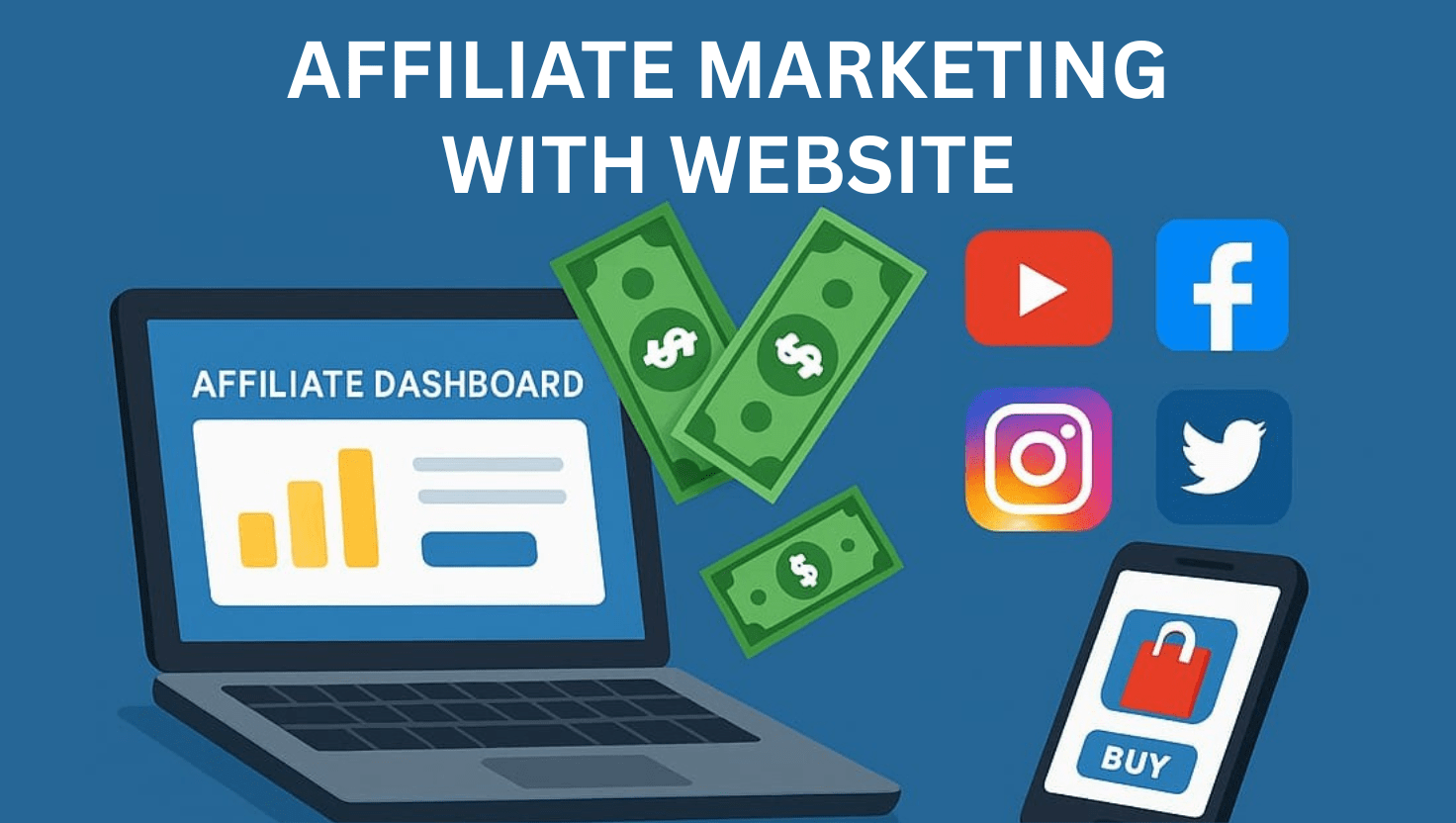
Stage 3: Conversion – Turning Interest into Sales
This is where your effort pays off — the audience takes action and clicks “Buy.”
But conversions don’t happen by chance; they happen by design.
What Happens Here
- The user is ready to make a purchase decision.
- They just need the final push — an offer, reassurance, or urgency.
Proven Conversion Strategies
- Clear Call-to-Action (CTA):
- Use actionable language like “Claim Your Discount” or “Get Started Free.” Make sure CTAs stand out with bold colors and strategic placement (top, middle, and end of content).
- Landing Page Optimization:
- A clutter-free landing page with fast loading speed, engaging visuals, and concise copy can double your conversion rate.
- Bonuses & Incentives:
- Offer exclusive bonuses when someone purchases through your affiliate link — e.g., free guides, private community access, or extra templates.
- Limited-Time Offers:
- Add urgency using countdown timers or limited availability: “Only 48 Hours Left to Save 30%.”
- Retargeting Campaigns:
- Re-engage users who visited your page but didn’t convert. Platforms like Meta Ads or Google Ads let you show custom messages to those audiences.
Remember, conversion isn’t just about pushing sales — it’s about removing friction and making your audience feel confident that this product is their best choice.
Putting It All Together: How the Funnel Flows
Think of the sales funnel as a journey:
| Funnel Stage | Goal | Content Example | Tools/Platforms |
|---|---|---|---|
| Awareness | Attract | Blog posts, videos, SEO | Blogbio, YouTube, TikTok |
| Consideration | Nurture | Reviews, email series | Email tools, social content |
| Conversion | Sell | Landing pages, offers | Affiliate dashboards, retargeting ads |
When all three stages work together, your affiliate business transforms from random clicks to a predictable income machine.
Common Mistakes to Avoid When Building an Affiliate Funnel
-
Focusing Only on Conversion:
Without awareness and consideration, your audience won’t even reach the buying stage.
-
Not Tracking Data:
Use analytics tools to monitor CTR, conversion rate, and bounce rate. Data helps you refine every step.
-
Ignoring Email Marketing:
Most conversions happen after multiple touchpoints. Email helps you stay connected.
-
Overcomplicating the Funnel:
Start simple. One content piece per stage is enough at first — then expand as you grow.
Why Every Affiliate Needs a Funnel
A funnel allows you to build a sustainable affiliate business, not just chase one-time clicks. It helps you:
- Understand your audience deeply.
- Create content that converts.
- Earn more with less wasted effort.
Platforms like Blogbio simplify this process — helping affiliate creators manage all their content, links, and insights in one place. You can publish blogs, track performance, and monetize traffic easily, even if your followers haven’t purchased yet.
In affiliate marketing, success doesn’t come from chasing trends — it comes from building a system. A solid sales funnel guides users through a natural, human-centered journey:
- From awareness → discovering you,
- To consideration → trusting you,
- To conversion → buying through you.
If you want to stop guessing and start scaling, build your funnel today. The difference between an affiliate beginner and a top earner isn’t luck — it’s structure.
Because in the end, optimization isn’t just about making more money — it’s about building a process that works while you sleep.

